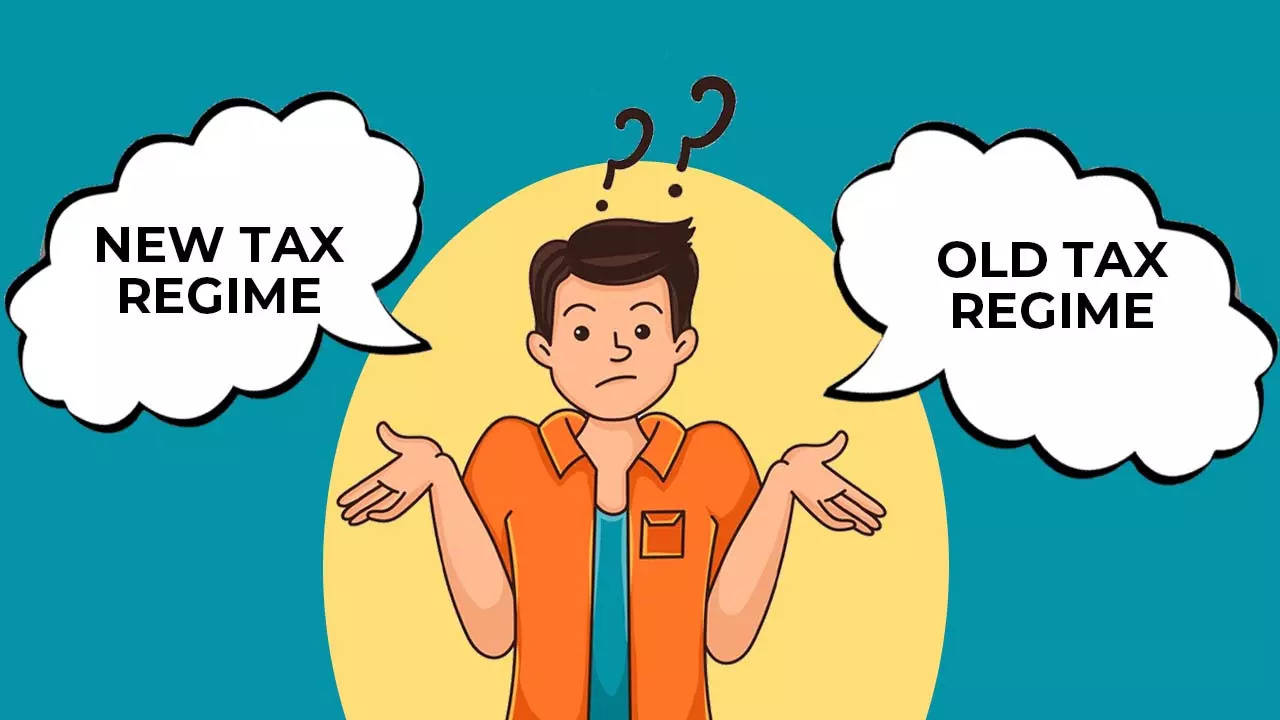One must remember that the new income tax system is now the default tax system and if you do not inform your employer which tax system you have chosen, your TDS will be deducted as per the new tax system. If you want to switch tax regime at the time of filing your tax return, it is possible provided the ITR is filed within the deadline set by the Income Tax Authority.
Expand
Which income tax regime is suitable for you? Would you like to better understand the old and new income tax systems? Then register and join the TOI Masterclass “New Tax System vs. Old Tax System” on April 26, 2024 at 3:00 p.m. Click here to register
New vs. Old Tax System: Understanding Break-Even
The optimal choice between the new income tax system and the old income tax system depends on the amount of deductions that can be claimed from gross total income to reduce taxable income. If taxpayers know their total gross income and the minimum deductions required to pay the same tax under both regimes, the decision becomes easier.
When deductions claimed exceed this minimum amount, the old tax system proves more beneficial, while the new tax system saves more taxes when deductions fall below this threshold, explains an ET analysis.
It is important to note that the minimum deductions required to offset the tax expense in both systems vary depending on income levels. The table below, as part of an ET analysis, illustrates the minimum deduction amounts that individuals with different gross taxable incomes must claim to achieve the same income tax liability, also known as the break-even deduction level.
Expand
| Minimum deductions/break-even values required under the old tax system | ||
| Gross income | Minimum deductions | Same tax outflow in both regimes |
| 8 lakh rupees | 2,12,500 Rupees | 31,200 rupees |
| 9 lakh rupees | Rs 2,62,500 | 41,600 rupees |
| 10 lakh rupees | 3,00,000 Rupees | 54,600 rupees |
| 12 lakh rupees | 3,50,000 rupees | 85,800 rupees |
| 12.5 lakh rupees | 3,62,500 rupees | 93,600 rupees |
| 13 lakh rupees | 3,62,500 rupees | 1,04,000 rupees |
| 13.5 lakh rupees | 3,62,500 rupees | 1,14,400 Rupees |
| 14 lakh rupees | 3,75,000 rupees | 1,24,800 Rupees |
| 14.5 lakh rupees | Rs 3,91,664 | 1,35,200 Rupees |
| 15 lakh rupees | 4,08,335 Rupees | 1,45,600 rupees |
| 15.5 lakh rupees | 4,25,000 rupees | 1,56,000 rupees |
| 16 lakh rupees | 4,25,000 rupees | 1,71,600 rupees |
| 16.5 lakh rupees | 4,25,000 rupees | 1,87,200 Rupees |
| 20 lakh rupees | 4,25,000 rupees | Rs 2,96,400 |
A tax levy of 4% is included in the final tax liability.
From the above table, it can be seen that the maximum deduction of Rs 4.25 lakh remains constant once the income crosses the threshold of Rs 15.5 lakh. This is because the income tax rate of 30% remains constant in the new tax system after income exceeds Rs 15 lakh. Under the old tax system, the income tax rate becomes constant at 30% once the income exceeds Rs 10 lakh. Remember that surcharges will be levied if taxable income exceeds Rs 50 lakh. Therefore, the minimum deduction amount for these incomes varies.
Also read | New vs old tax system: How income of even Rs 10 lakh can be tax-free under the old tax system
The table is specifically aimed at employees who can benefit from a standard deduction of Rs 50,000 from salary income under both tax regimes. The available deduction of employer's contribution to NPS was not taken into account while determining the break-even or minimum deduction amount. If an employed person claims this deduction in both systems, the break-even or minimum deduction amount will be lower.

“Incurable gamer. Infuriatingly humble coffee specialist. Professional music advocate.”






